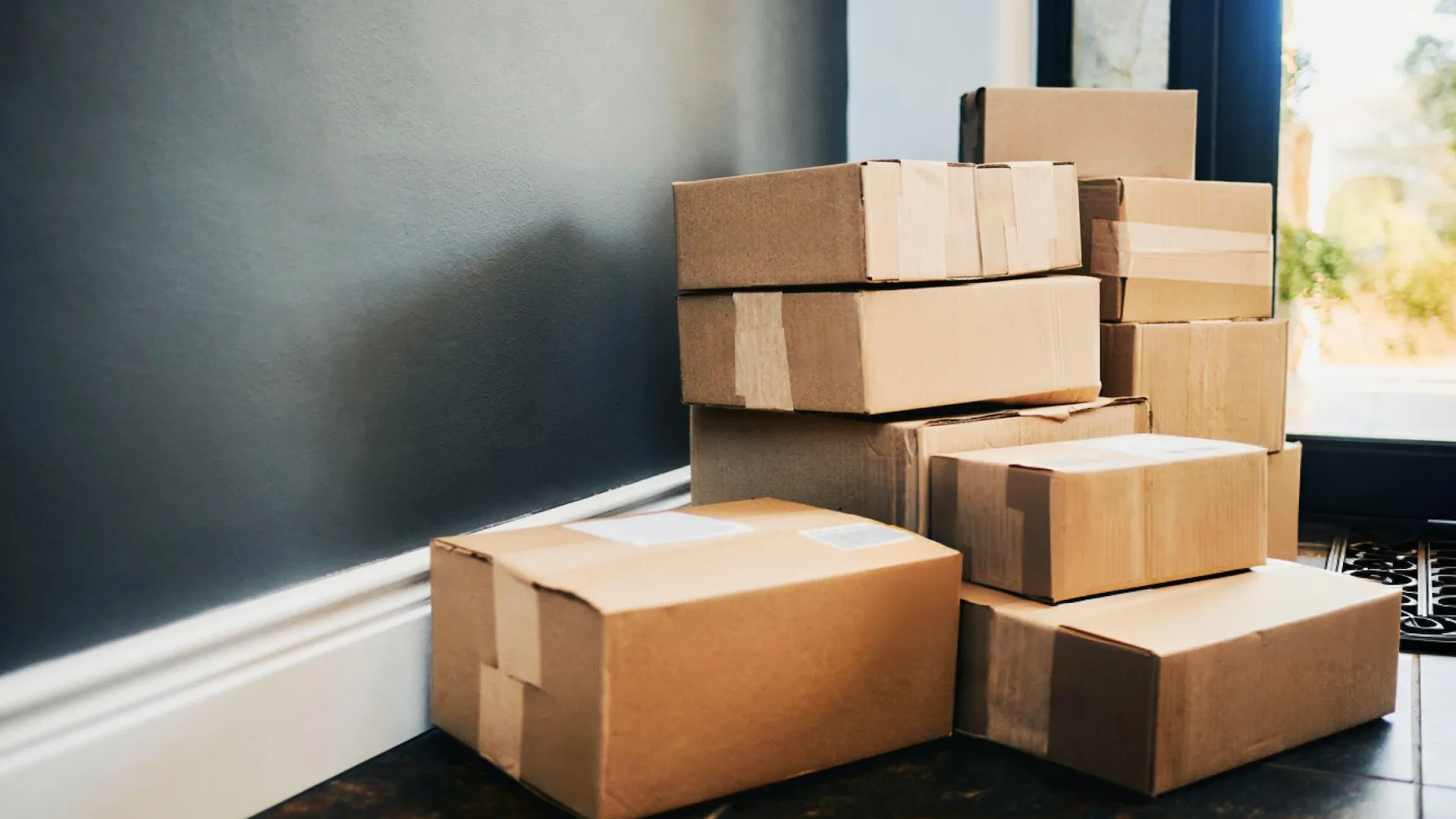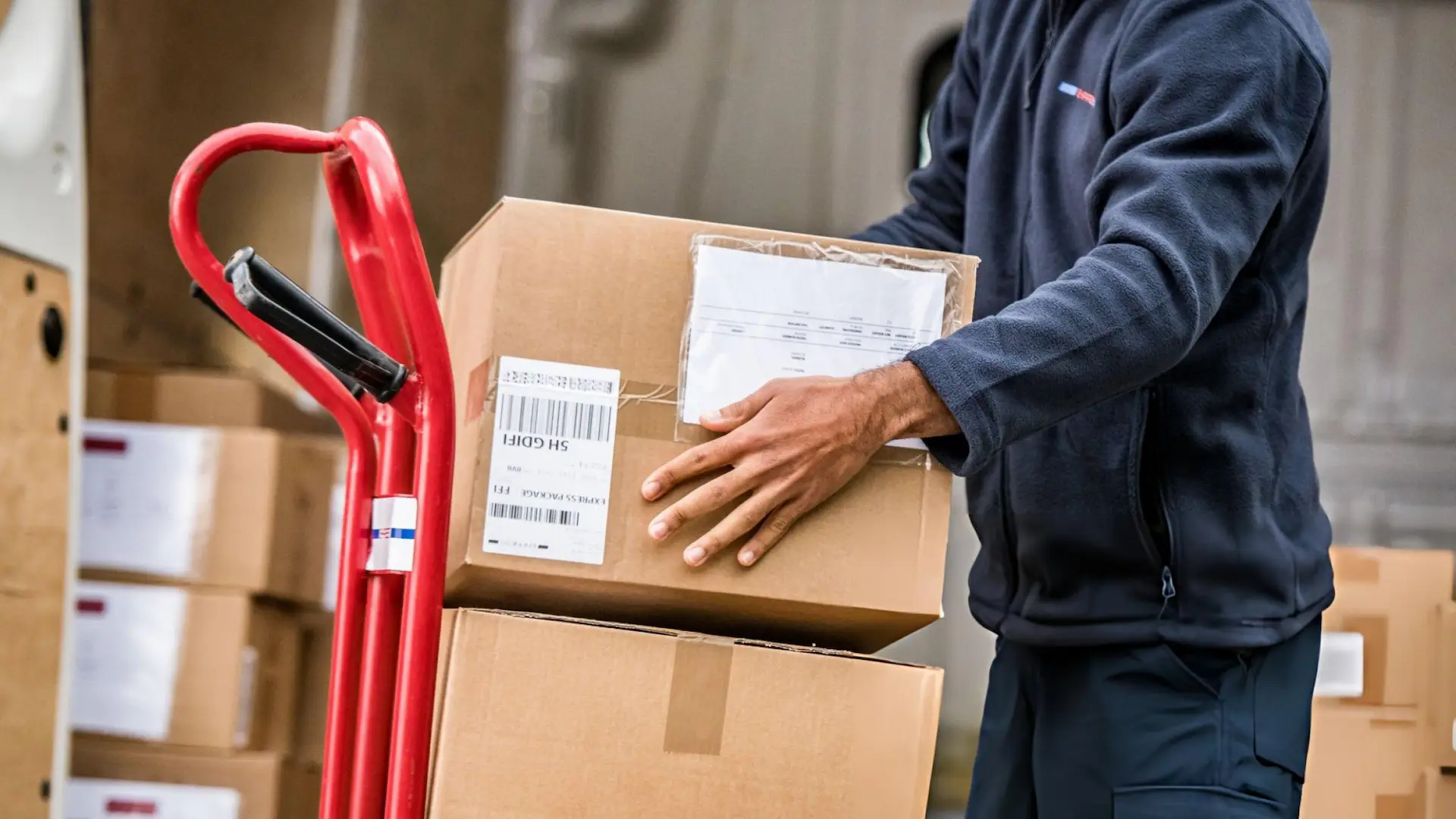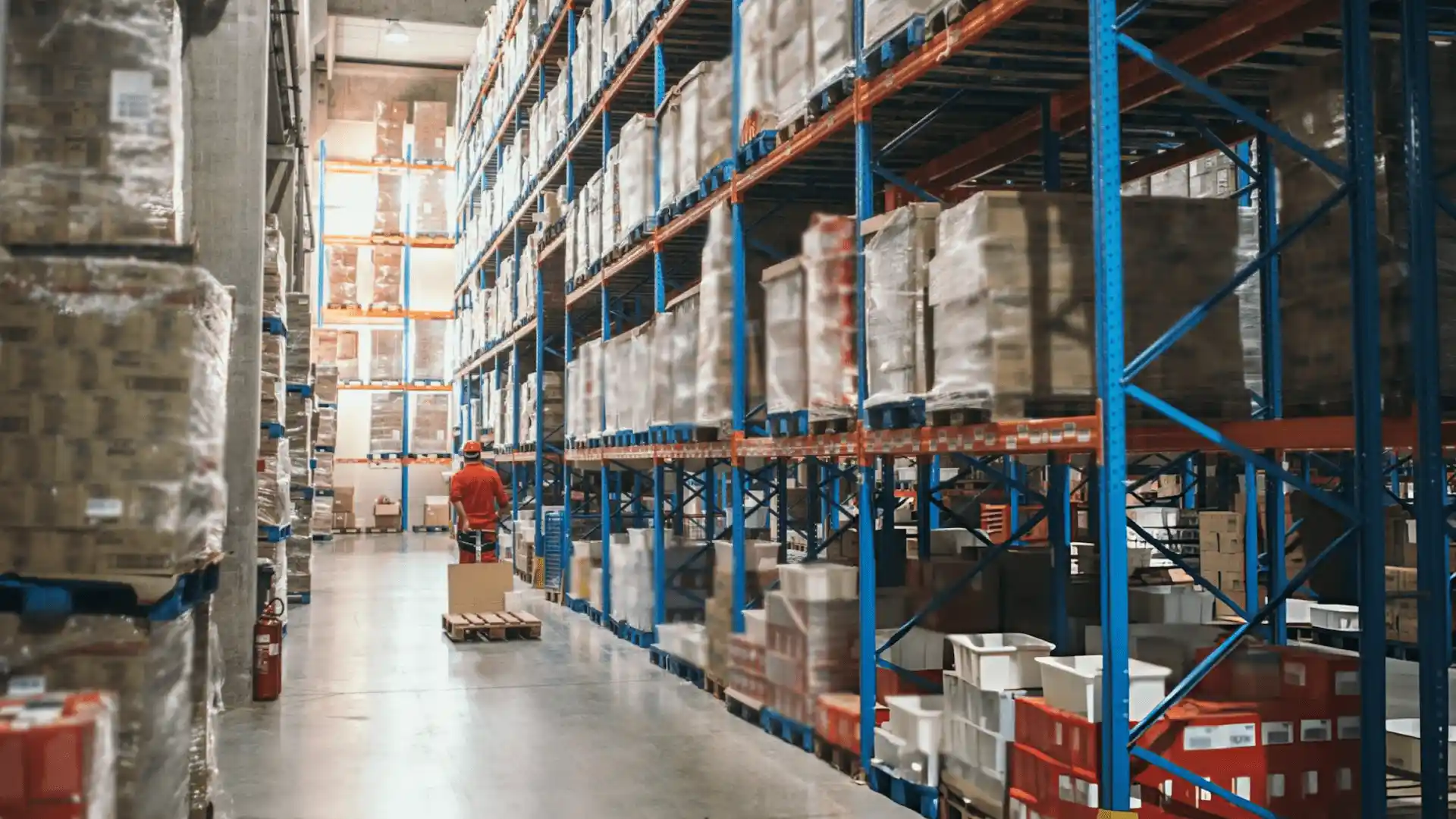DHL Ecommerce Tracking: Why Your Updates Might Be Delayed
.webp)
DHL Ecommerce Tracking and Its Importance for Brands
In the world of ecommerce, real-time shipment visibility is not a luxury, it is a necessity. DHL Ecommerce tracking plays a crucial role in maintaining operational transparency and ensuring customer satisfaction. But when tracking updates are delayed, the consequences can be costly. Delays lead to increased customer service inquiries, negative feedback, and internal inefficiencies for ecommerce brands.
Understanding how DHL tracking works, why delays occur, and how to proactively manage them is essential for any brand that ships with DHL. Fortunately, with expert fulfillment partners like Atomix Logistics, brands can navigate these challenges with confidence.
Understanding DHL Ecommerce Tracking and Common Causes of Delays
How DHL Ecommerce Tracking Works
DHL Ecommerce tracking is milestone-based, which means updates occur only at key transit points. Unlike some carriers that provide near real-time scans, DHL often shows tracking activity during major transitions such as pickup, customs clearance, or delivery confirmation.
This structure can lead to periods where no new updates appear, especially during international shipping or when crossing customs borders. While this is often normal, it can be confusing for customers expecting more granular updates.
Common DHL Tracking Delays
Several common factors contribute to delays in DHL Ecommerce tracking updates:
- High shipment volumes
During holiday seasons, sales events, or sudden demand spikes, DHL systems may experience bottlenecks, slowing down scan and update frequency.
- Customs clearance issues
International shipments must be reviewed by customs officials. Delays here are common and often outside of DHL’s direct control.
- Weather and local disruptions
Severe weather, political protests, or labor strikes in certain regions can halt or reroute shipments, resulting in tracking inactivity.
- Technical or system glitches
At times, DHL’s tracking systems or integrations with platforms (like Amazon) may experience mapping errors or delays in data transmission.
- Incomplete or incorrect shipping details
If the sender inputs wrong or missing data, this can delay scanning and update flows throughout the delivery process.
What to Expect with DHL Tracking Updates
For standard ecommerce shipments, it is normal for DHL tracking to update every 24 to 48 hours. Longer delays may occur with international shipments or when unexpected disruptions arise. Some shipments may appear inactive for days, even while they are in transit.
Managing and Communicating DHL Tracking Delays
Best Practices for Brands
To maintain customer trust and reduce operational headaches, brands should adopt proactive tracking management strategies:
- Set realistic expectations
Clearly inform customers that DHL updates are milestone-based and may not appear frequently. Let them know delays are possible, especially for cross-border shipments.
- Integrate tracking into your customer service workflows
Use automated systems that pull tracking statuses into your support tools, reducing the volume of manual inquiries and improving response times.
- Monitor statuses using DHL resources
Understand key tracking terms through the DHL shipment status meanings to better interpret updates and advise customers.
- Be transparent about causes of delay
Notify customers when delays may stem from customs, technical issues, or regional disruptions, helping to reduce frustration and confusion.
Handling System and Platform Issues
Brands selling on marketplaces like Amazon must be extra cautious. Incorrect or delayed tracking updates can hurt metrics such as Valid Tracking Rate (VTR). These errors are often due to:
- Mapping mismatches between DHL’s system and Amazon’s platform.
- Delayed scan uploads from DHL to Amazon.
- Technical integration issues between third-party logistics (3PL) platforms and the carrier.
Atomix Logistics helps brands mitigate these risks by ensuring accurate, timely, and mapped tracking data across platforms. This reduces penalties and supports high seller performance scores.
Solutions and Partners for Enhanced DHL Ecommerce Tracking
Advanced DHL Tracking Solutions
For brands scaling their operations, relying solely on DHL’s standard platform may not be enough. Advanced solutions and integrations can improve visibility, automate updates, and enhance customer satisfaction.
- Choose a fulfillment partner with DHL ecommerce tracking integration
Atomix Logistics offers native integrations with DHL and other carriers, allowing for real-time updates, reduced delays, and improved accuracy.
- Reduce customer complaints about DHL tracking
Our proactive issue resolution approach minimizes inquiries by pushing updates automatically to both your team and customers.
- Automate DHL tracking updates
By partnering with tracking automation providers or integrated 3PLs like Atomix, you can streamline updates across email, SMS, and your CRM.
When to Escalate DHL Tracking Issues
If a shipment has not shown any activity for more than 10 days past the estimated delivery date, you should:
- Contact DHL with your tracking number to initiate an investigation.
- Loop in your fulfillment partner to verify if there are backend issues or missing updates.
- For brands using Amazon or Walmart, escalate through their seller support to avoid VTR hits.
DHL Ecommerce Tracking for Ecommerce Brands: Why Atomix Logistics is the Solution
If DHL tracking issues are affecting your operations and customer experience, it may be time to explore a more robust fulfillment solution.
Atomix Logistics is built for ecommerce brands that prioritize visibility, reliability, and speed. We help solve DHL ecommerce tracking problems by:
- Integrating seamlessly with DHL, ensuring consistent milestone updates.
- Resolving tracking and VTR mapping issues with marketplaces like Amazon.
- Offering dedicated support to investigate and resolve shipping problems.
- Automating communication to reduce customer service volume.
As a trusted partner for over 100 DTC and enterprise brands, we provide the tracking accuracy and fulfillment speed needed to scale your business confidently.
Conclusion: Turning Tracking Challenges into Customer Trust
Tracking delays can frustrate your customers and disrupt your operations, but they do not have to damage your brand. Understanding how DHL ecommerce tracking works and why updates may be delayed is the first step. The second is choosing the right fulfillment partner to enhance your tracking visibility, streamline communication, and safeguard your seller metrics.
Atomix Logistics offers ecommerce brands a smarter way to manage DHL tracking. Our fulfillment infrastructure, marketplace expertise, and carrier integrations ensure you stay ahead of issues and keep your customers informed every step of the way.
DHL Tracking FAQ
Why is DHL tracking not updating?
This is often due to milestone-based tracking, customs delays, or system lags. It is normal for updates to pause for 24 to 48 hours.
How does DHL ecommerce tracking work?
DHL scans packages at major transit points, not every leg of the journey. You’ll see updates at origin, customs clearance, and delivery.
What does “shipment on hold” or “processing” mean?
This typically indicates customs clearance, backlogs at distribution centers, or an incomplete delivery attempt.
Can Atomix Logistics improve my DHL tracking performance?
Yes. Atomix helps brands maintain consistent tracking updates through automated integrations and expert support that bridges carrier and platform gaps.
Is DHL tracking suitable for Amazon sellers?
Yes, but only if mapped correctly. Many Amazon sellers experience VTR issues due to tracking mismatches. Atomix ensures proper synchronization to protect your account.

.svg)
.svg)
.svg)




